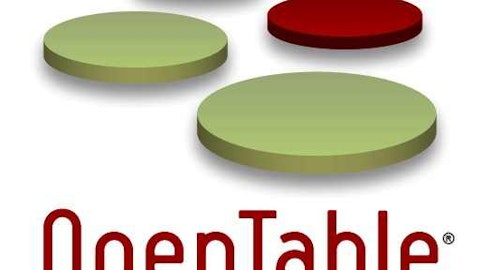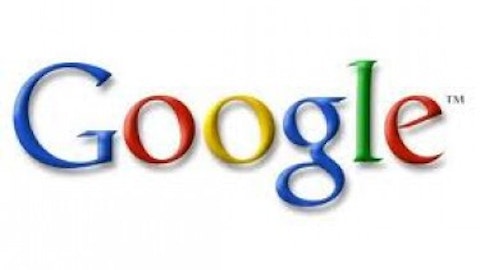
In stark contrast to LinkedIn Corp (NYSE:LNKD)’s IPO, Facebook Inc (NASDAQ:FB)’s was nothing short of a fiasco – from concerns over the company’s unproven revenue model, to botched trading on the NASDAQ on opening day, to litigation surrounding potential pre-IPO information leakages, everything seemed to go wrong. A company originally valued (pre-IPO) in the range of $77-$96 billion saw shares tumble 54% from the original IPO price to a 52-week low of $17.55. But the question remains: does Facebook Inc (NASDAQ:FB) represent a golden opportunity — a forerunner of a new age in technology where interconnectedness reigns supreme? Or is the company slated to fail, as MySpace did nearly a decade ago, due to attempted over-monetization? And by relation, is LinkedIn Corp (NYSE:LNKD) truly a good investment, or just another overinflated internet bubble? Finally, what exactly is internet behemoth Google Inc (NASDAQ:GOOG) doing in the social network space, and is it worth anything?
Facebook’s Opportunity in Monetizing Advertising
In understanding the revenue model of Facebook, it is crucial to ascertain the user’s threshold for advertising fatigue. With what began as small display ads on a user’s right panel, Facebook Inc (NASDAQ:FB) has since rolled out targeted advertisements directly in the News Feed. While this may be seen as an invasion of user space, Facebook avoided over-bombardment. Further, not all targeted advertising is bad: for example, if a user is interested in fitness, they would surely enjoy seeing an advertisement for 50% off their favorite brand of sneakers at a local retailer in their News Feed. What originally started as a simple way to connect to friends has now has become an interesting way for users to discover products.
As analysts and industry experts are still balking from the MySpace days, there exists a ripe and under-appreciated opportunity for Facebook to get it right. The company has quietly launched promoted posts, sponsored stories, Facebook gifts and offers, and location-based ads without disrupting the user experience. In addition, with 49% of revenues coming from the US and Canada, where advertising revenues are the highest margin, the company can continue to drive up advertising impressions without the overarching risk of lower developing market ad revenues overtaking the revenue share. Thus, meaningfully monetizing user engagement is not as wrought with difficulties as one might assume, and presents a unique opportunity.
Facebook’s Underlying Fundamentals and Q1 Results
Facebook Inc (NASDAQ:FB) has already demonstrated that they are achieving profitability, with a net income of $219 million–a $14 million increase from the same quarter a year ago. The company’s pretax profit grew from $1.91 to $2.21 billion over the same period. While still in growth mode, as indicated by its 37% year over year revenue growth, there is a clear long-term monetization strategy in place.
On May 1 of 2013, Facebook Inc (NASDAQ:FB) reported its first quarter earnings, beating the Street’s revenue estimates ($1.46 billion, a 38% increase year over year) but missing on Non-GAAP EPS at $0.12 (flat). Advertising revenue increased 43%, daily active users increased 26% year over year to an average of 665 million average in March, and monthly active users reached 1.11 billion, a 23% increase from the same time a year ago. A few short-term headwinds, such as the departure of the Chief Accounting Officer David Spillane, and increased headcount and infrastructure spending ($1.08 billion) tempered post-earnings trading, but we should look at the results as an indication that the company is moving in the right direction: investing in the diversified monetization platforms, still growing revenue, and proving their active user count is far from saturation. Clearly, the large network of users – the company’s most valuable asset – and the database of information about them will be a fertile grounds for advertising monetization over the next few years.
LinkedIn: Still an Internet Darling
In additional to generating revenue from online advertisements, LinkedIn sells recruitment services to companies and premium account subscriptions to users. In LinkedIn’s most recently reported Q1 earnings release, the company boasted 218 million members globally (representing a 36% year over year growth rate), a surprising 64% of which are located outside of the United States.

